Deck & Commander Strategies

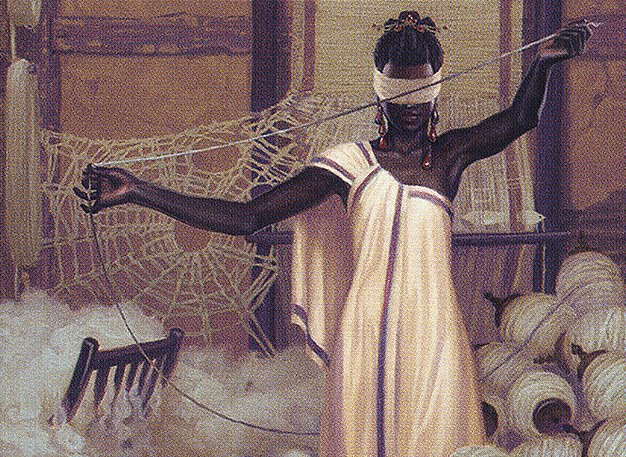
Tymna the Weaver / Thrasios, Triton Hero
This deck combines Tymna's card draw through combat damage with Thrasios's top-deck manipulation and mana efficiency to generate incremental advantage and value over time. It aims to build a resilient board presence while using interaction to control opponents.

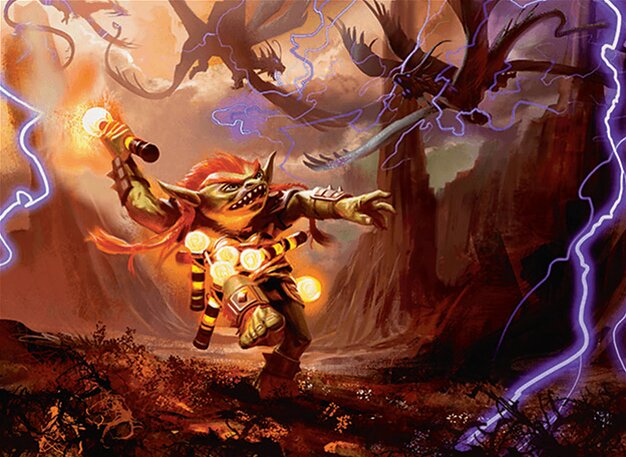
Malcolm, Keen-Eyed Navigator / Vial Smasher the Fierce
Focused on aggressive early plays and maximizing damage output, this deck uses cheap creatures and spells alongside Vial Smasher's damage triggers. It leverages treasure tokens and efficient disruption to pressure opponents quickly.


Yoshimaru, Ever Faithful / Thrasios, Triton Hero
This deck utilizes Yoshimaru's ability to grow with spells cast and Thrasios's card advantage engine. It aims to combine tempo beats with value plays, leveraging ramp and counters to maintain board control.
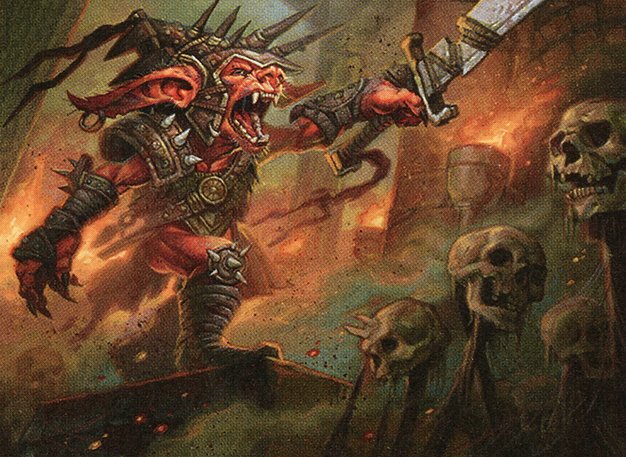

Rograkh, Son of Rohgahh / Silas Renn, Seeker Adept
A more combat-oriented deck that uses Rograkh’s aggressive abilities and Silas Renn’s artifact recursion to maintain pressure. It incorporates discard and disruption to keep opponents off balance while applying steady damage.
Gameplay Insights
- 1
Players prioritized early mana acceleration and card advantage engines to establish board presence quickly.
- 2
Multiple activations of Thrasios abilities created continuous value and card filtering, enabling players to maintain tempo.
- 3
Use of Vexing Shusher was critical in limiting opponents' ability to counter key spells or interact during critical turns.
- 4
Disruption spells like Mindbreak Trap and Red Elemental Blast were strategically used to shut down opponent combos and key creatures.
- 5
Combat damage was carefully directed to weaken specific players while maintaining board control and synergy triggers from commanders.
- 6
Treasure token generation from Vial Smasher allowed for flexible mana usage and additional pressure during the midgame.
- 7
Tutors such as Vampiric Tutor and Necropotence provided critical card selection and resource replenishment under pressure.
- 8
Players balanced aggressive plays with interaction to prevent any single player from snowballing too early.
Notable Cards
-

Thrasios, Triton Hero
-

Tymna the Weaver
-

Malcolm, Keen-Eyed Navigator
-

Vial Smasher the Fierce
-

Yoshimaru, Ever Faithful
-

Rograkh, Son of Rohgahh
-
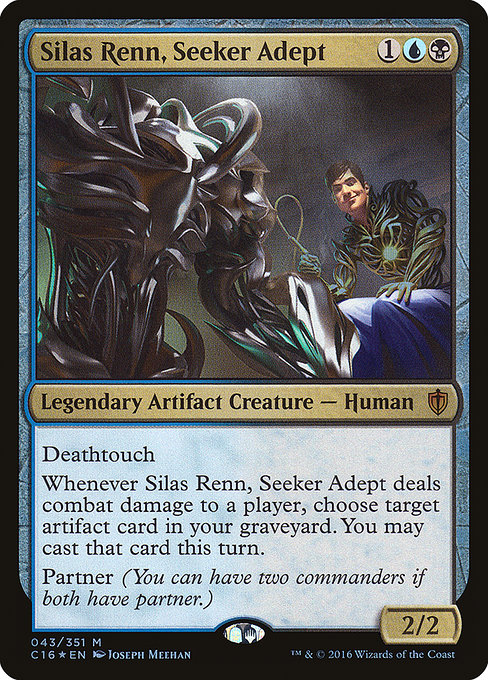
Silas Renn, Seeker Adept
-

Mox Diamond
-
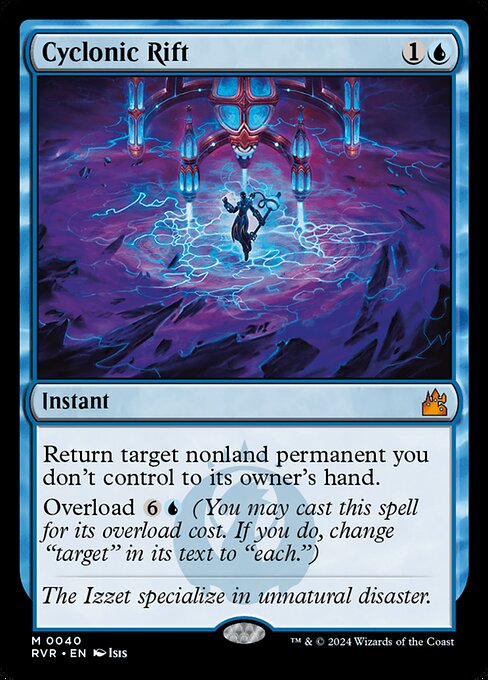
Cyclonic Rift
-
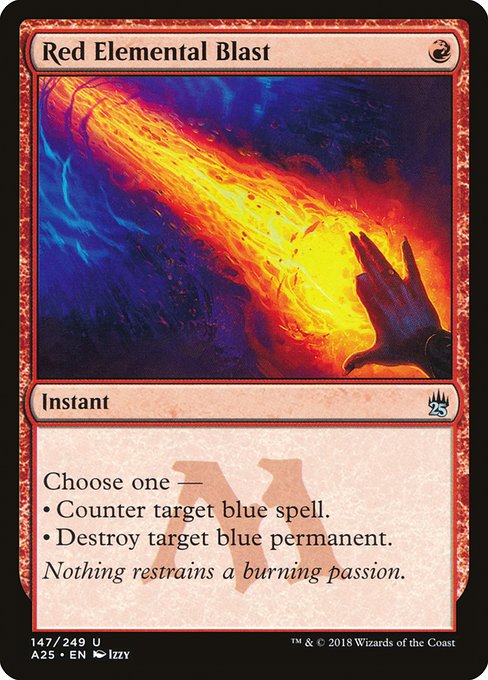
Red Elemental Blast
-
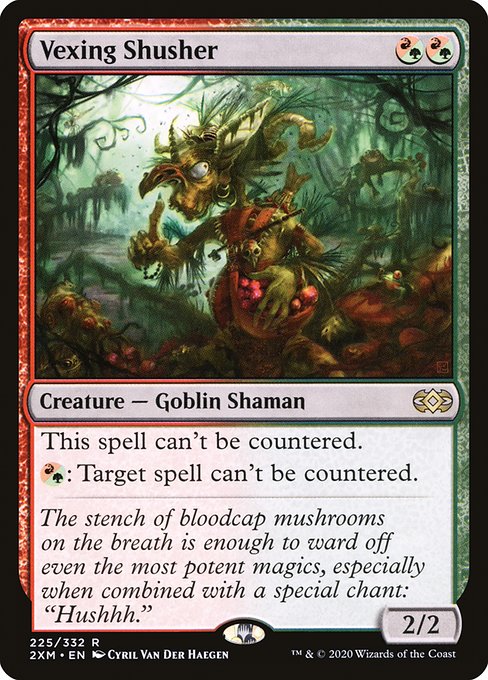
Vexing Shusher
-
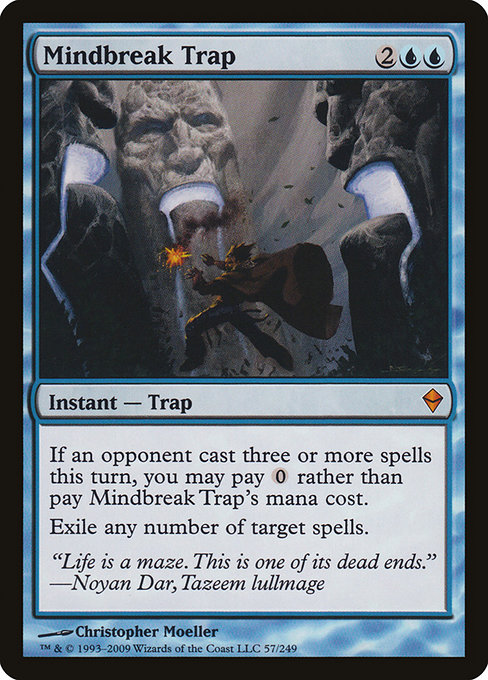
Mindbreak Trap
-
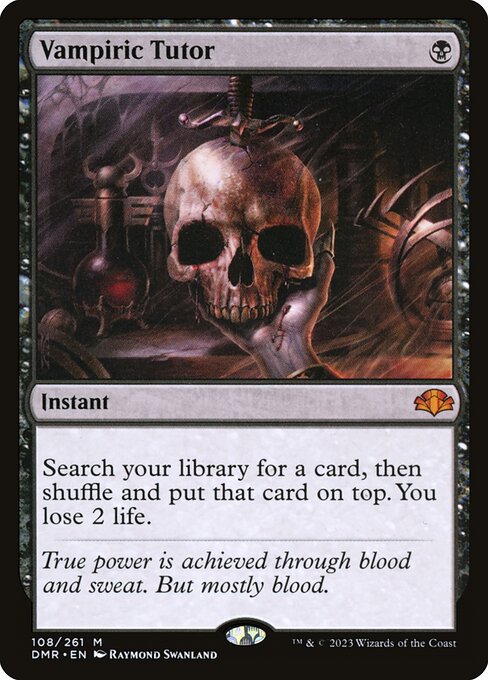
Vampiric Tutor
-

Necropotence
-

Noble Hierarch
-
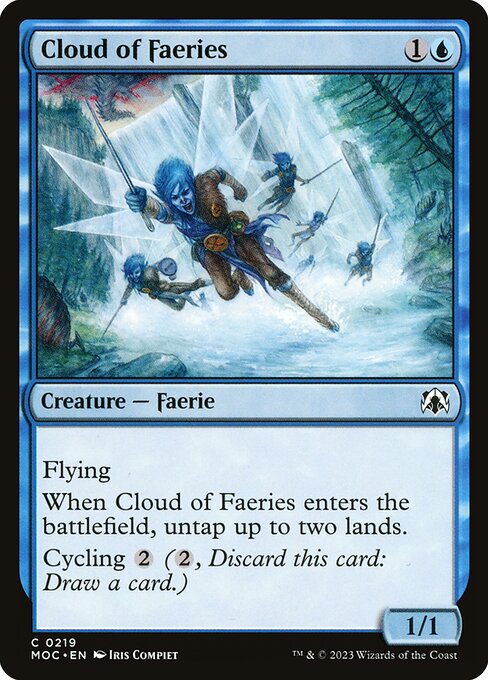
Cloud of Faeries
-

Mockingbird
-

Spectral Sailor
-

Biomancer's Familiar
Gameplay Summary
The game featured a dynamic four-player Commander match with each player piloting distinct decks leveraging their commanders' unique abilities.
Early turns involved setting up mana bases, ramping with mana rocks like Mox Diamond and Soul Ring, and deploying key creatures such as Noble Hierarch, Thrasios, Tymna, Malcolm, and Vial Smasher.
Players actively used fetch lands and interaction spells like Cyclonic Rift and Red Elemental Blast to maintain tempo and disrupt opponents.
The presence of multiple Thrasios commanders created a synergy-focused atmosphere, with players spinning the commander’s ability to draw cards and manipulate the top of their libraries.
Notably, players exchanged early combat damage and treasure tokens, gradually building board states while managing threats like Vexing Shusher to inhibit interaction.
Midgame pivot points included strategic use of powerful tutors such as Vampiric Tutor and Necropotence, along with key counterspells and disruption like Mindbreak Trap to prevent opponent combos.
Combat phases were tactically approached to chip away at player life totals, with Tymna and Rograkh providing additional aggression.
The game demonstrated a balance between value generation through incremental advantage and timely interaction to prevent explosive plays.
Although the transcript ends before a clear winner emerges, the game was characterized by careful resource management, synergy exploitation especially with Thrasios, and well-timed disruption preventing any player from gaining overwhelming dominance.





























![What's the best Mental Misstep Target? Featuring @FarNorthMtG @UntapUpkeepOpe [cEDH Gamplay] thumbnail](https://i.ytimg.com/vi/WExBmDK3phE/sddefault.jpg)

